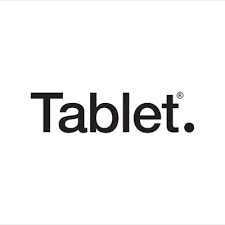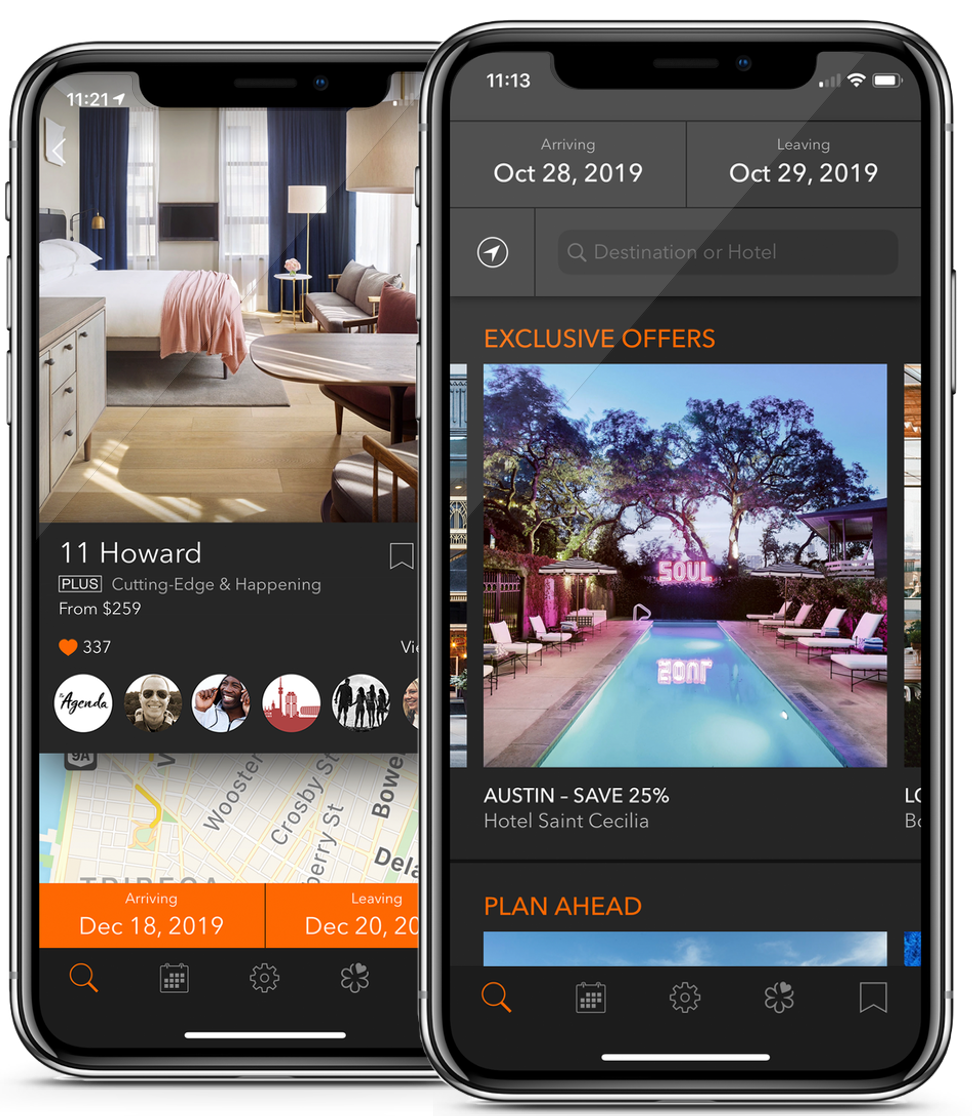

During my three-year tenure at Tablet Hotels, I led transformative projects that significantly enhanced user experiences and business outcomes. Notably, I spearheaded the conversion of our website to a fully responsive design, resulting in a 12% week-over-week increase in bookings. Additionally, I led the development of our first native app, which was featured as the App of the Day on the App Store.
Below I describe my process for making the app, and although I do not describe the desktop overhaul, the process was the same.
The Tablet Hotels app achieved a 4.9-star rating on over 3,000 reviews and was featured as the App of the Day on the App Store. This recognition validated our design approach and underscored the impact of our user-centered design process.